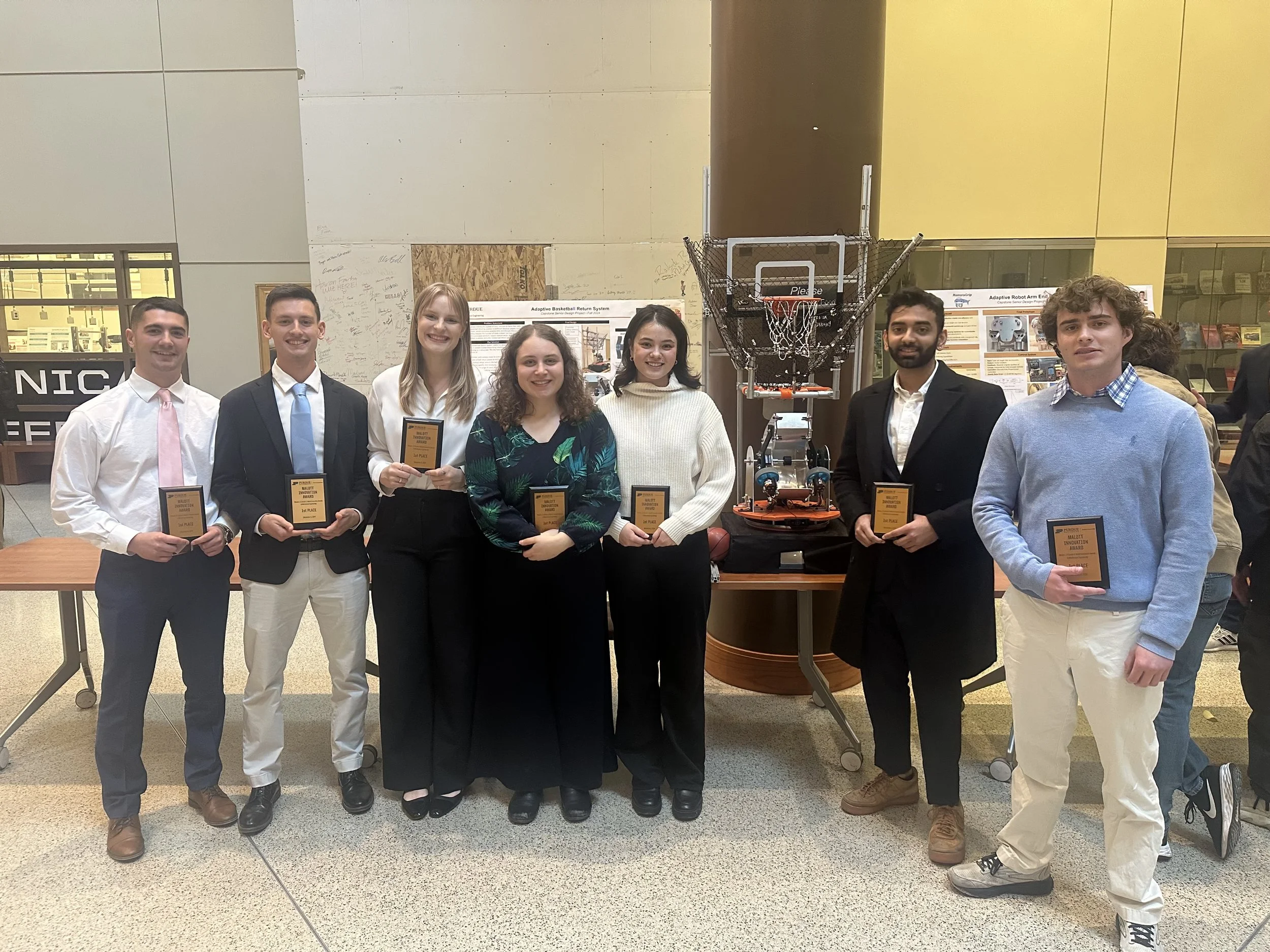“Multiwavelength depth encoding method for 3D range geometry compression,” Appl. Opt., (2015)
/[78] T. Bell and S. Zhang, “Multiwavelength depth encoding method for 3D range geometry compression,” Appl. Opt., 54(36), 10684-10961, 2015; doi: 10.1364/AO.54.010684
Abstract
This paper presents a novel method for representing three-dimensional (3D) range data within regular two-dimensional (2D) images using multiwavelength encoding. These 2D images can then be further compressed using traditional lossless (e.g., PNG) or lossy (e.g., JPEG) image compression techniques. Current 3D range data compression methods require significant filtering to reduce lossy compression artifacts. The nature of the proposed encoding, however, offers a significant level of robustness to such artifacts brought about by high levels of JPEG compression. This enables extremely high compression ratios while maintaining a very low reconstruction error percentage with little to no filtering required to remove compression artifacts. For example, when encoding 3D geometry with the proposed method and storing the resulting 2D image with Matlab R2014a JPEG80 image compression, compression ratios of approximately 935:1 versus the OBJ format can be achieved at an error rate of approximately 0.027% without any filtering.




